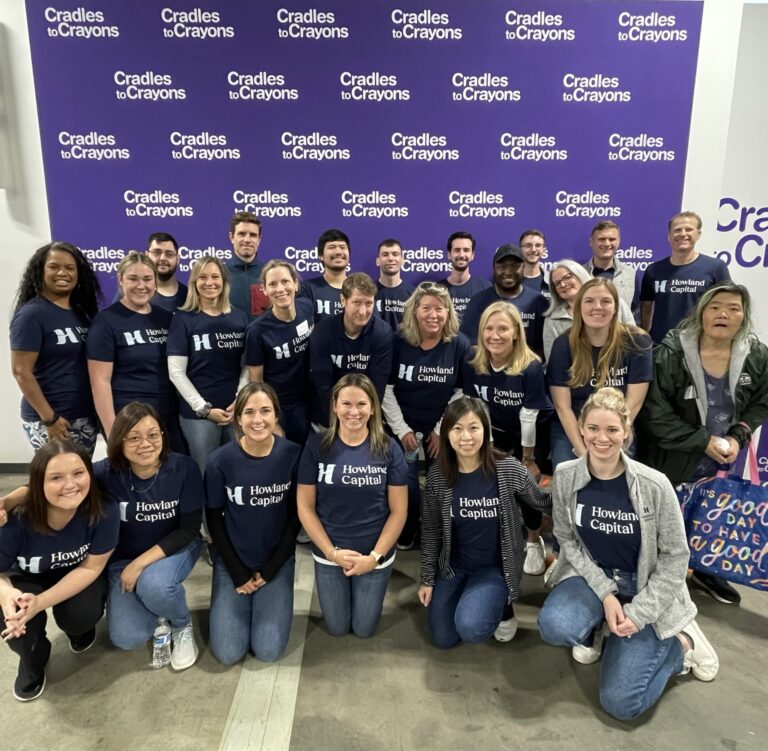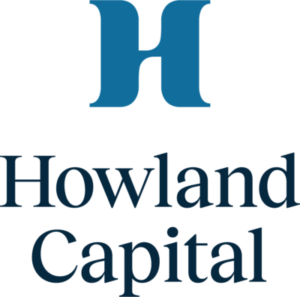When tightening down a screw, it takes several turns before you feel it “bite.” The first few turns scratch the surface until the path is set and the threads take hold. The final turns require more force until the screw is fully set. Federal Reserve Chair Jerome Powell is on the job, fiercely intent on using whatever tools are necessary to dampen stubbornly high inflation. Until a few months ago, the Fed insisted inflation was transitory, resulting from supply shocks that would ease as bottlenecks cleared. With the Consumer Price Index (CPI) holding above an 8% annualized rate in recent months, the Fed recognized its mischaracterization of inflation and has been tightening policy at a much faster rate than in previous cycles.
The primary tool available to bring down inflation is the Federal Funds rate: a key short-term interest rate set by the Fed that determines the cost of borrowing money. In September, the Fed raised this rate by 0.75% for the third time this year, bringing it to 3.25%. After the most recent meeting of the Federal Open Market Committee (FOMC) in September, the Committee increased its target, projecting the Federal Funds rate at 4.60% by the end of 2023. As this rate rises, there is typically a lag until demand for credit eases, the economy slows, and inflation abates. Given the Fed’s rapid tightening of interest rates, the hope is that this lag has shortened and the screw is beginning to bite. In plain terms, we expect the Fed will succeed in bringing inflation down, but it will likely take time to Economic & Market Commentary Economy reach its inflation goal, which is 3% by next year and 2% by 2025.
As the Fed raises rates, the economy slows. Higher interest rates ripple through the economy, raising borrowing costs for home mortgage loans, credit cards, auto loans, and other debt. The cost of a 30-year fixed rate mortgage has risen swiftly, from 3.5% earlier this year to 6.7% at the end of September. Rental rates have also climbed over the past year. With consumers already spending more on gasoline and food, the impact of higher housing costs will be painful for many. It also adds to the uncertainty
facing consumers, who will need to make tougher choices about how to allocate savings and spending. Consumer spending is close to 70% of economic output, as measured by GDP, while business and government spending makes up the rest. After rising 6.9% in the final quarter of 2021, GDP has contracted 1.6% and 0.6% in the first two quarters of 2022. Two sequential periods of falling growth are often cited as evidence of an economic recession. In reality, the measurement of recession is more technical. The National Bureau of Economic Research is the organization officially responsible for dating recessions. In doing so, they look at a broad set of economic conditions. Because GDP is subject to several revisions, this analysis takes time. So, by the time recessions are “officially” declared, they are often old news.
Though the probability of a recession in the U.S. is rising, we are less focused on the timing and more mindful of the potential magnitude, and its impact on corporate earnings. Severe recessions have historically coincided with a significant deterioration in the labor market. Currently, the opposite set of conditions exist in the labor market as demand for labor far exceeds supply. By some estimates, there are about twice as many job openings as workers available to fill them. The unemployment rate in August was 3.7%, while wages were up 6.1% year-over-year. Despite the cooling economy, companies have been steadily adding workers. From January through August, payrolls have grown by an average of 438,000 a month. That is nearly triple the pre-pandemic rate in 2019. Staffing shortages are evident everywhere, especially in service jobs. Large employers are also reluctant to shed jobs, fearing they may not be able to re-hire as conditions improve. The strength in the labor market, high levels of consumer savings, a surprisingly resilient housing market in the face of dramatically higher interest rates, and high levels of corporate profits are a few factors suggesting to us a potential recession is likely to be mild.


